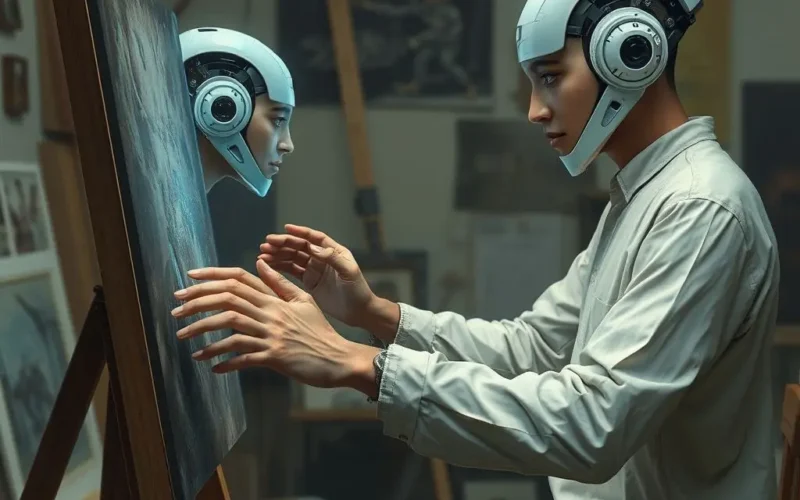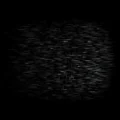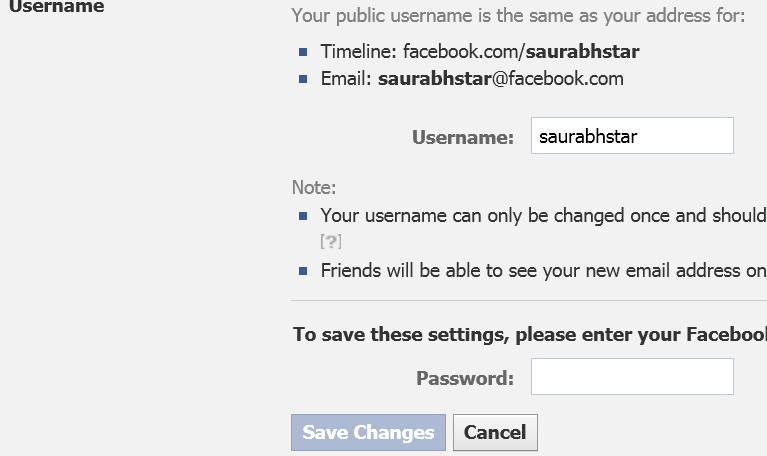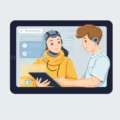Remember when AI art felt like a futuristic novelty, maybe a cool party trick churning out quirky images based on wild text prompts? Fast forward to today, and the landscape looks dramatically different. What if, instead of a distant, robotic force, AI is quietly slipping into the role of your most unexpected studio sidekick, a creative partner offering new avenues for artistic expression?
This isn’t just about typing a few words and getting a pretty picture. AI art generators are evolving at breakneck speed, transitioning from simple tools into sophisticated collaborators. Imagine having an assistant capable of instantly conjuring thousands of visual iterations from your initial spark of an idea, or exploring vast stylistic galaxies from the intricate patterns of the Renaissance to the gritty textures of cyberpunk in mere moments. Think of it as a brainstorming partner that never gets tired, constantly suggesting visual detours you might never have considered, effectively helping you dismantle those notorious creative walls.
It’s less about replacing the artist and more about augmenting human ingenuity. These advancements are making complex artistic exploration accessible to a significantly wider audience, potentially democratizing aspects of the creative process. And who knows? Perhaps this fusion of human vision and algorithmic power will birth entirely new art forms we can’t even fully conceptualize yet.
Table of Contents
Beyond the Prompt Box: The Evolution of AI as a Creative Aid
The early days of AI art were often characterized by the “prompt engineer” – someone skilled at crafting just the right sequence of words to coax a desired image from the algorithm. While prompt mastery is still a valuable skill, the interaction is deepening.
Modern AI models can act as visual search engines for your imagination. Need to see how a specific lighting condition affects a scene? How about rendering the same subject in the style of five different historical periods? AI can provide these rapid explorations, allowing artists to make informed decisions much earlier in their process. This accelerates the ideation phase, freeing up human artists to focus on refinement, emotional depth, and conceptual complexity.
They can also be incredible tools for breaking through creative slumps. By generating unexpected variations or combining disparate concepts, AI can offer surprising visual cues that can kickstart new ideas or approaches. It’s like having a muse on demand, albeit one powered by complex algorithms and vast datasets.
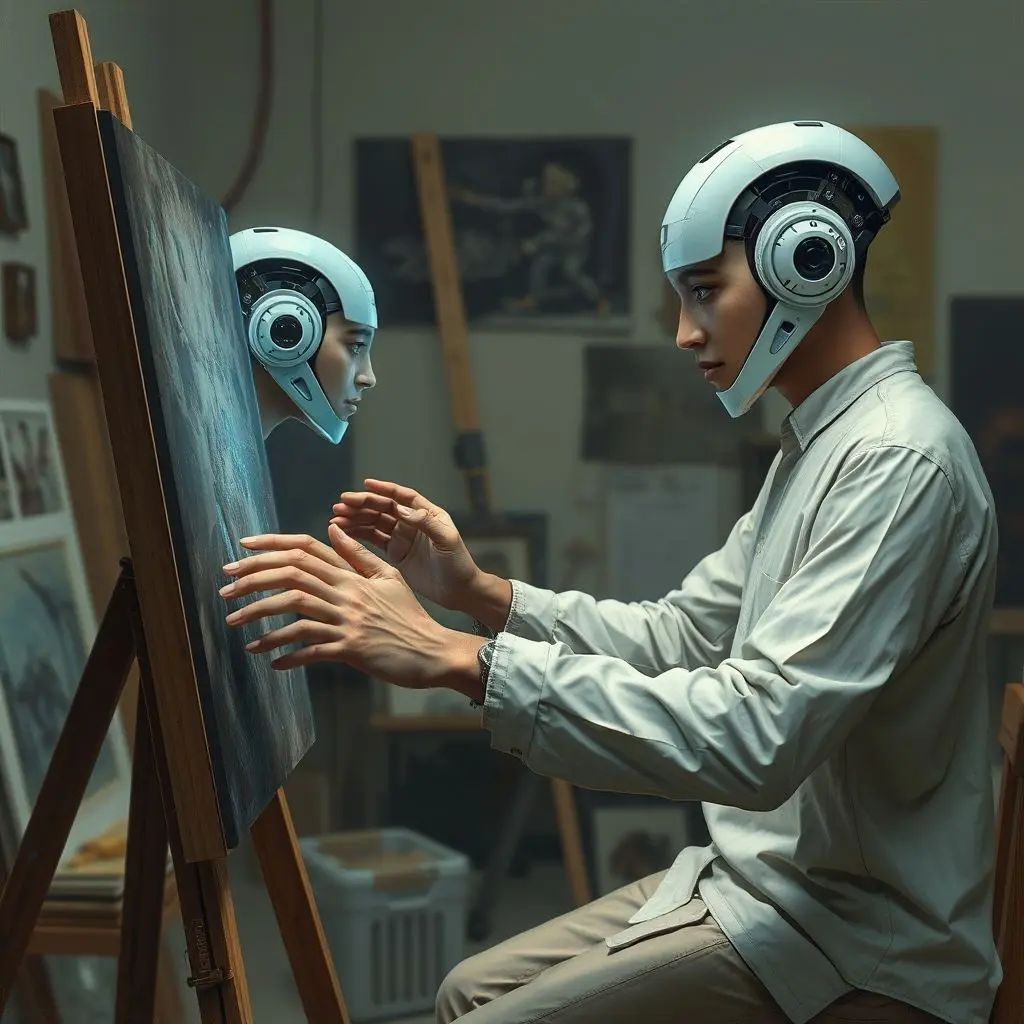
AI as Your Studio Sidekick: Practical Applications
How does this partnership manifest in practice?
Concept Art and Storyboarding: Rapidly generating initial concepts or visual layouts for films, games, or comics.
Style Exploration: Experimenting with different artistic styles on a core visual idea without the need for extensive manual rendering.
Drafting and Iteration: Creating countless variations of an image to find the perfect composition, color scheme, or mood.
Generating Textures and Assets: Creating unique textures, backgrounds, or individual digital assets quickly.
Overcoming Blank Canvas Syndrome: Providing initial visual prompts to get the creative juices flowing.
This integration isn’t limited to visual artists. Writers can use AI to visualize characters or settings, musicians can explore visual representations of their sound, and designers can rapidly prototype visual themes.
Want a quick visual take on this evolving dynamic? Check out our recent short diving into this very topic:
Navigating the Complex Canvas: Authorship, Ethics, and Livelihoods
Of course, stepping into this brave new pixelated world isn’t without its complex questions – questions that are vital and ongoing conversations as AI becomes more deeply woven into our creative fabric.
One of the most significant debates revolves around authorship and originality. When an artist uses an AI model trained on millions of existing images, and the final output is a result of both human prompting and algorithmic generation, where does human intent end and algorithmic contribution begin? Who truly holds the authorship? This challenges our traditional notions of the solitary artist and their unique vision.
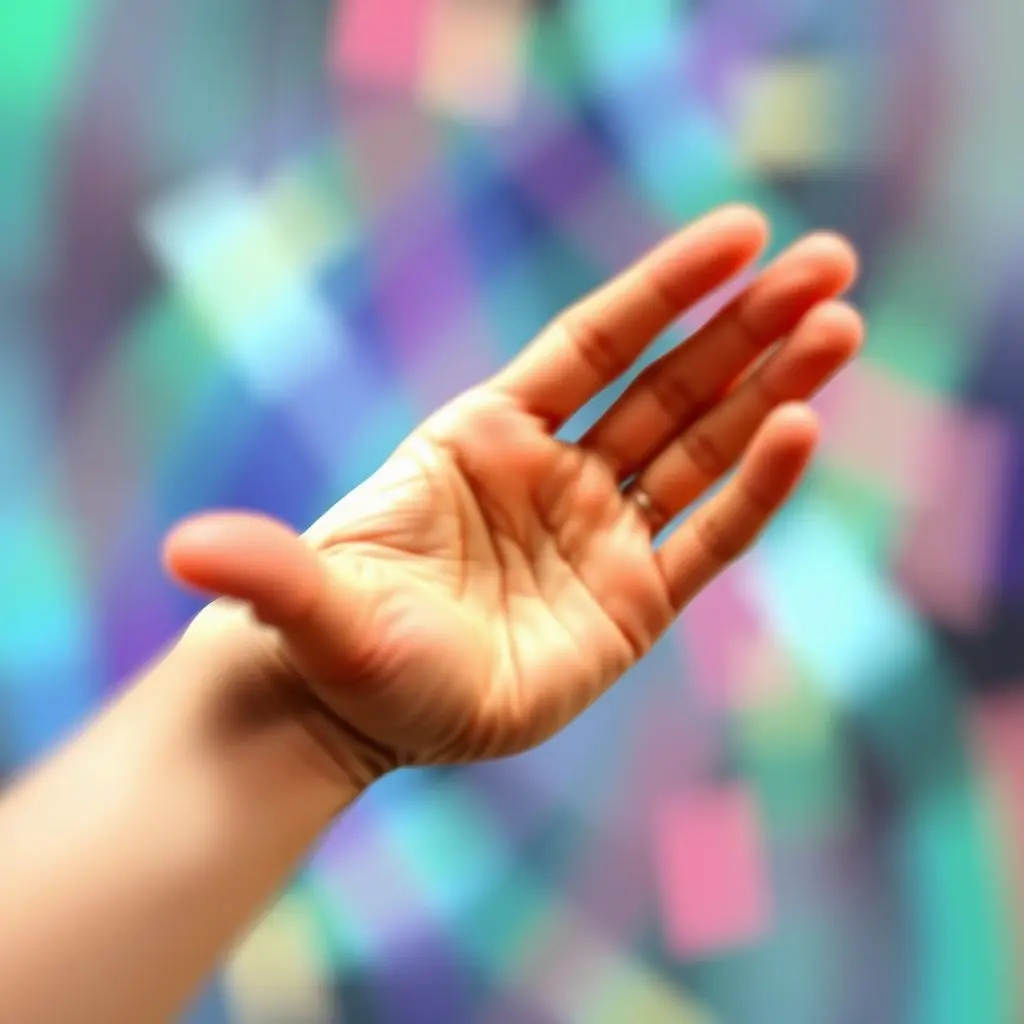
Then there’s the significant concern for the livelihoods and skills of traditional artists. If AI can generate high-quality concept art, illustrations, or graphic design elements rapidly and cheaply, what does this mean for artists whose careers are built on providing these services manually? There’s a fear of devaluation of traditional skills and a potential race to the bottom for pricing.
Ethical considerations surrounding the training data are also paramount. Many AI models are trained on vast datasets scraped from the internet, potentially including copyrighted works used without permission or compensation for the original artists. This raises serious questions about intellectual property rights and fair use.
These aren’t simple problems with easy answers. They require careful consideration from artists, developers, legal experts, and society as a whole to navigate this rapidly changing landscape responsibly.
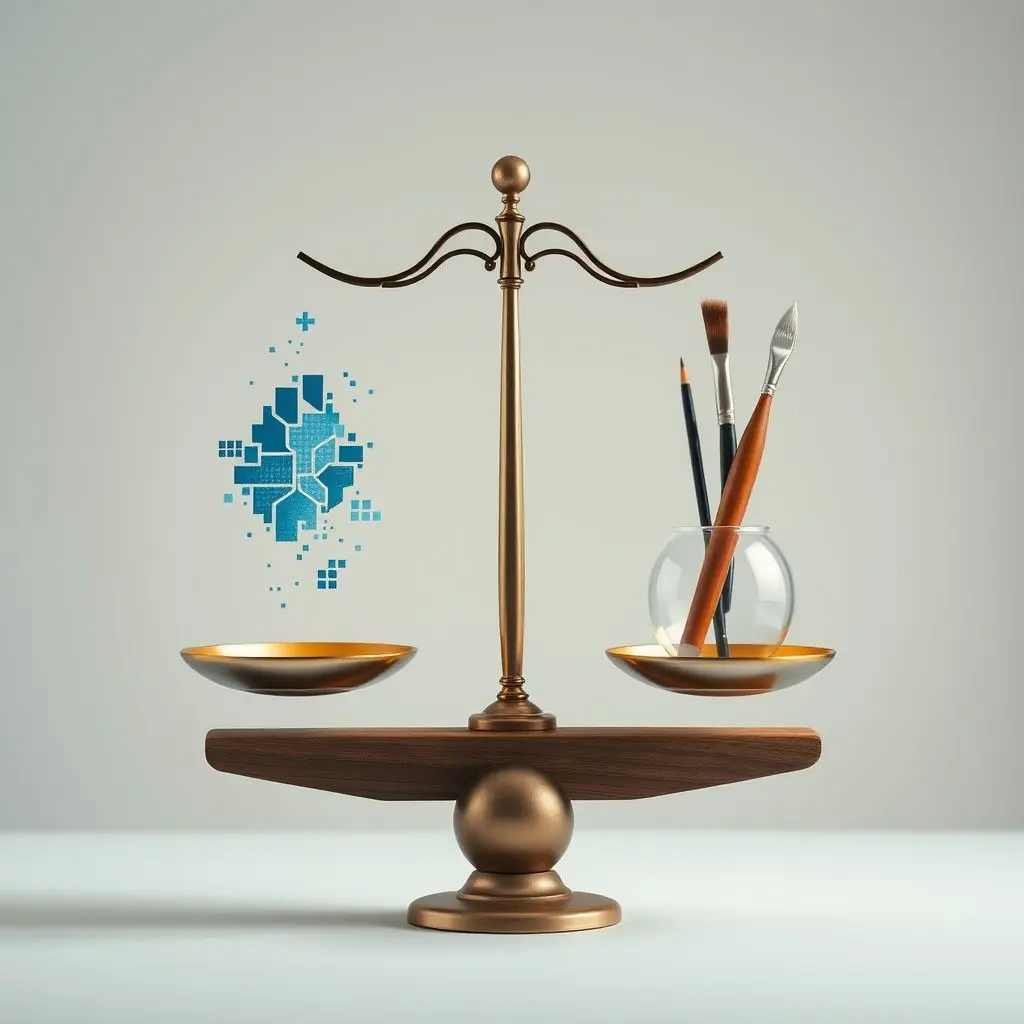
What Does This Rapid Evolution Mean for Art Itself?
The integration of AI isn’t just changing how art is made; it’s challenging our very definition of what art is. Is the prompt the art? Is the generated image the art? Is the process of curation and selection the art? Or is the true art in the human conceptualization and the story behind the piece, regardless of the tools used?
Just as photography didn’t destroy painting but rather pushed it in new directions, AI may force a similar re-evaluation and evolution within the art world. It could lead to a greater emphasis on conceptual art, performance, installation, or entirely new hybrid forms that incorporate AI generated elements.
Frequently Asked Questions About AI in Art
Is AI art ‘real’ art?
This is a philosophical debate. If art is defined by human intent, emotional expression, and conceptual depth, then art created with AI, guided by a human artist, arguably fits this definition. If art requires direct manual creation, then pure AI generation without human input might be viewed differently. Many argue that AI art is a new medium, and the definition of ‘real’ art is constantly evolving.
Will AI replace human artists?
While AI can automate certain tasks, it currently lacks true consciousness, lived experience, and intentionality that drive human creativity. AI is a powerful tool for iteration, style transfer, and ideation, but the artist’s unique vision, emotional intelligence, critical thinking, and storytelling ability remain irreplaceable. The shift is likely towards human artists collaborating with AI rather than being fully replaced.
How do artists feel about AI art generators?
Opinions are diverse and often polarized. Some artists see AI as an exciting new tool to expand their creative possibilities. Others are deeply concerned about ethical issues (training data, copyright) and the potential impact on their livelihoods and the value of traditional skills. It’s a spectrum of excitement, apprehension, and adaptation.
Can AI create truly original art?
AI models are trained on existing data, so their output is often a novel recombination of elements from that data. While the results can be visually unique and surprising, some argue it’s not ‘original’ in the human sense of drawing from personal experience or revolutionary conceptual leaps. However, the line between influence, inspiration, and originality is itself complex even in human art.
Looking Ahead: A Partnership in Progress
The story of AI in art generation is far from written. We are witnessing the rapid development of powerful tools that have the potential to fundamentally alter how art is conceived, created, and consumed. The relationship between human artists and AI is evolving from simple tool usage towards a dynamic collaboration, opening up possibilities that were previously unimaginable.
This journey is filled with incredible creative potential alongside significant ethical and societal challenges that require careful consideration and ongoing dialogue. The conversation about authorship, value, and the future of artistic skills is crucial as we integrate these technologies further.
So, as AI art generators become more sophisticated and accessible, the question isn’t just about whether AI can make art, but how we humans will choose to partner with it, shape its development, and navigate the profound changes it brings to the world of creativity.
